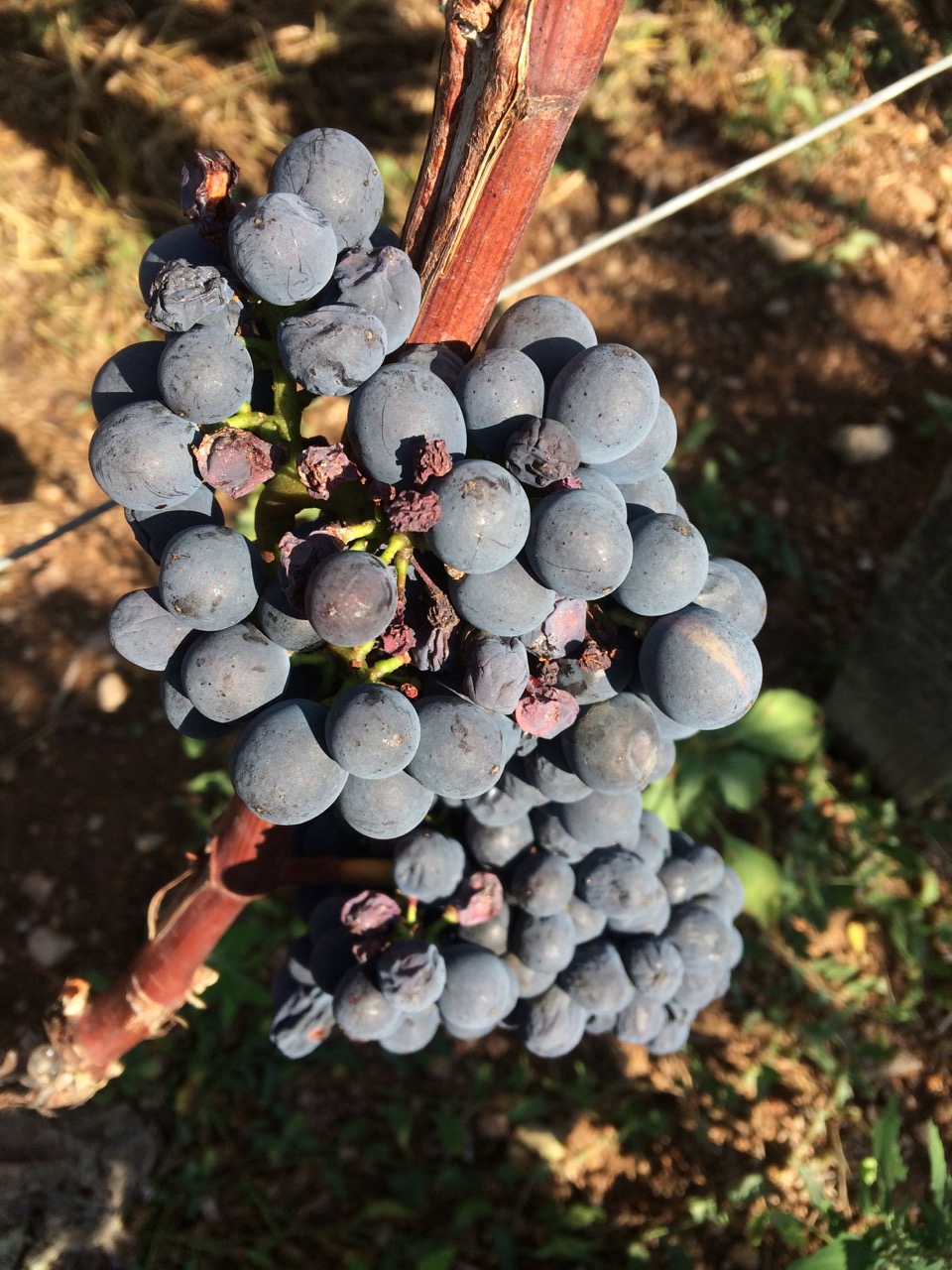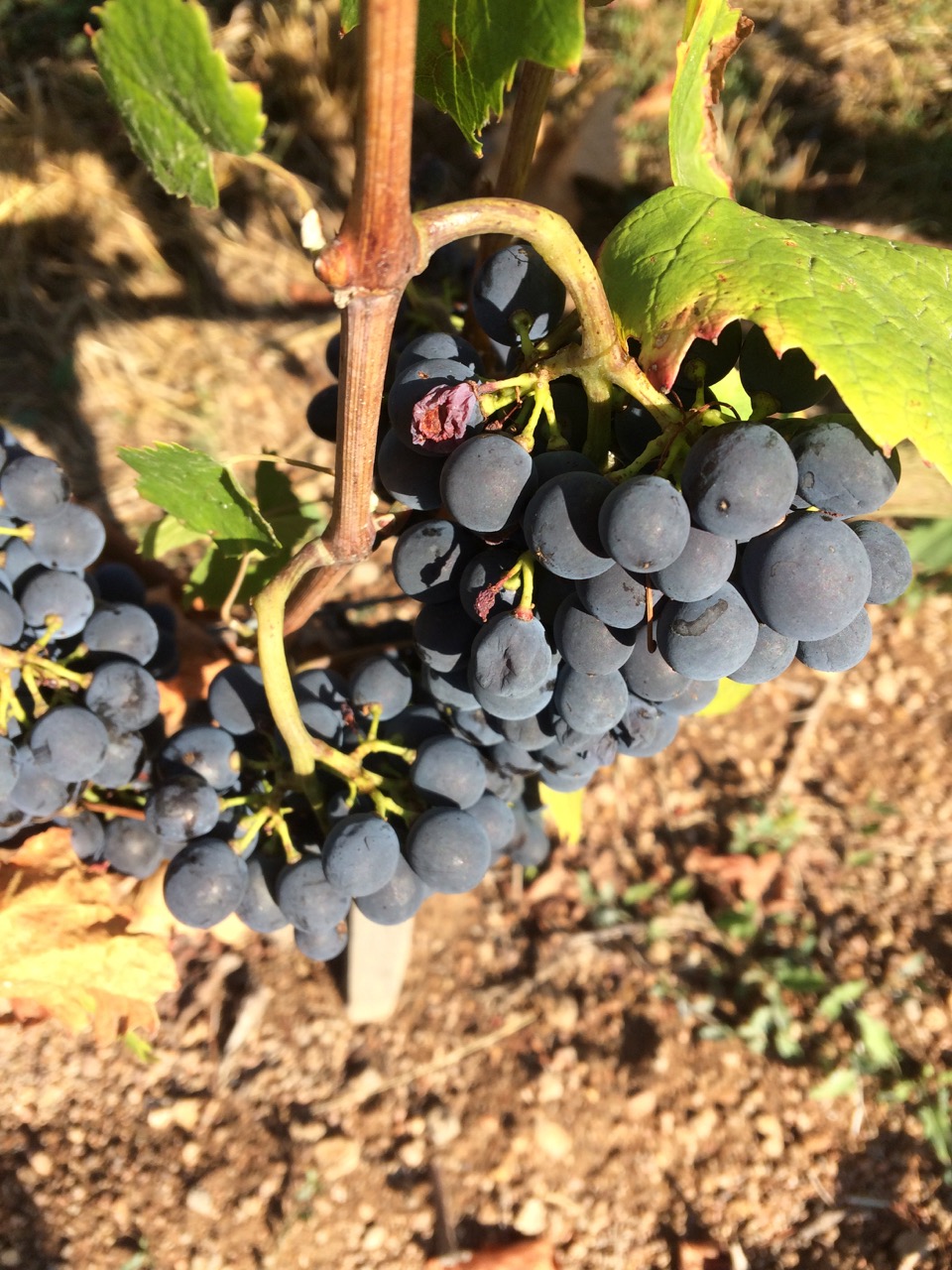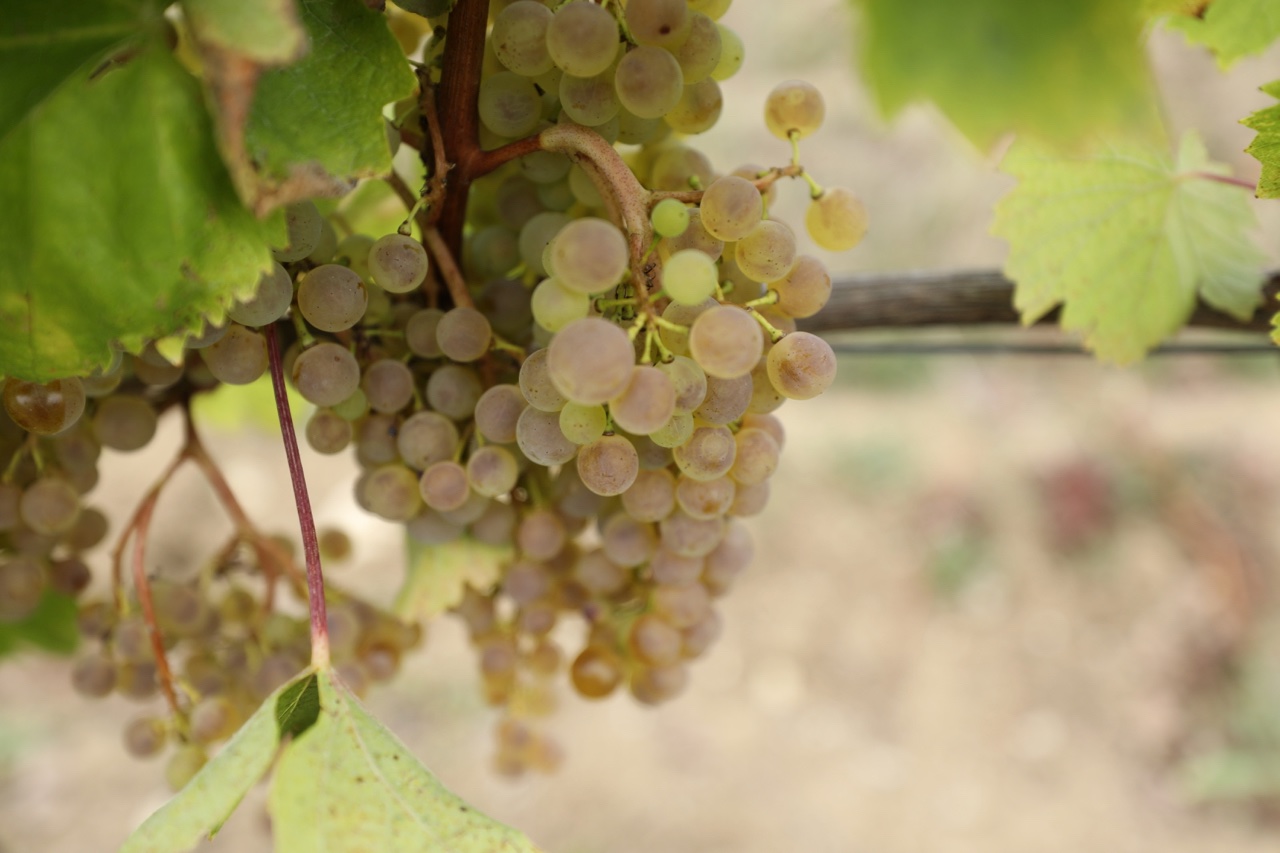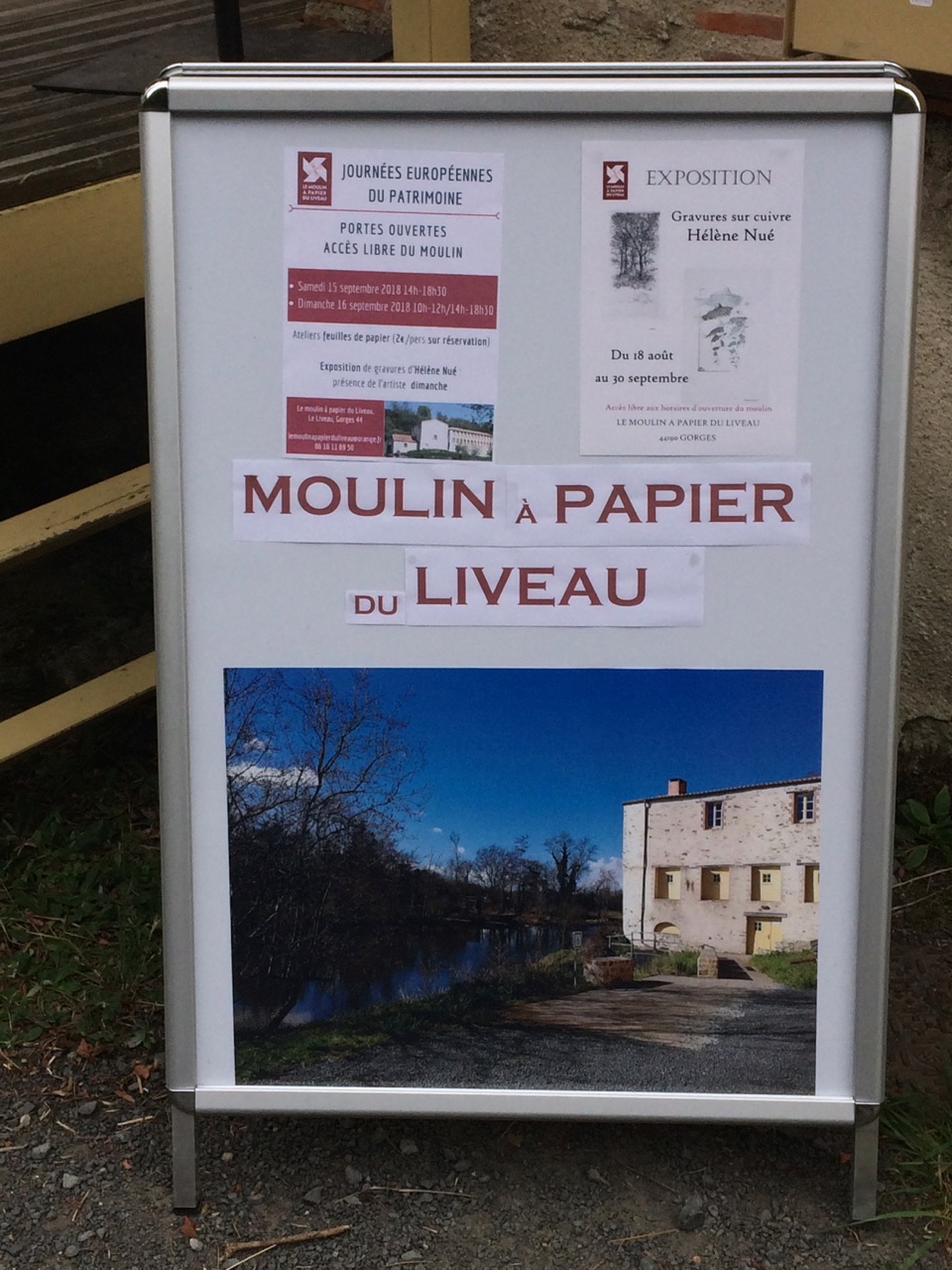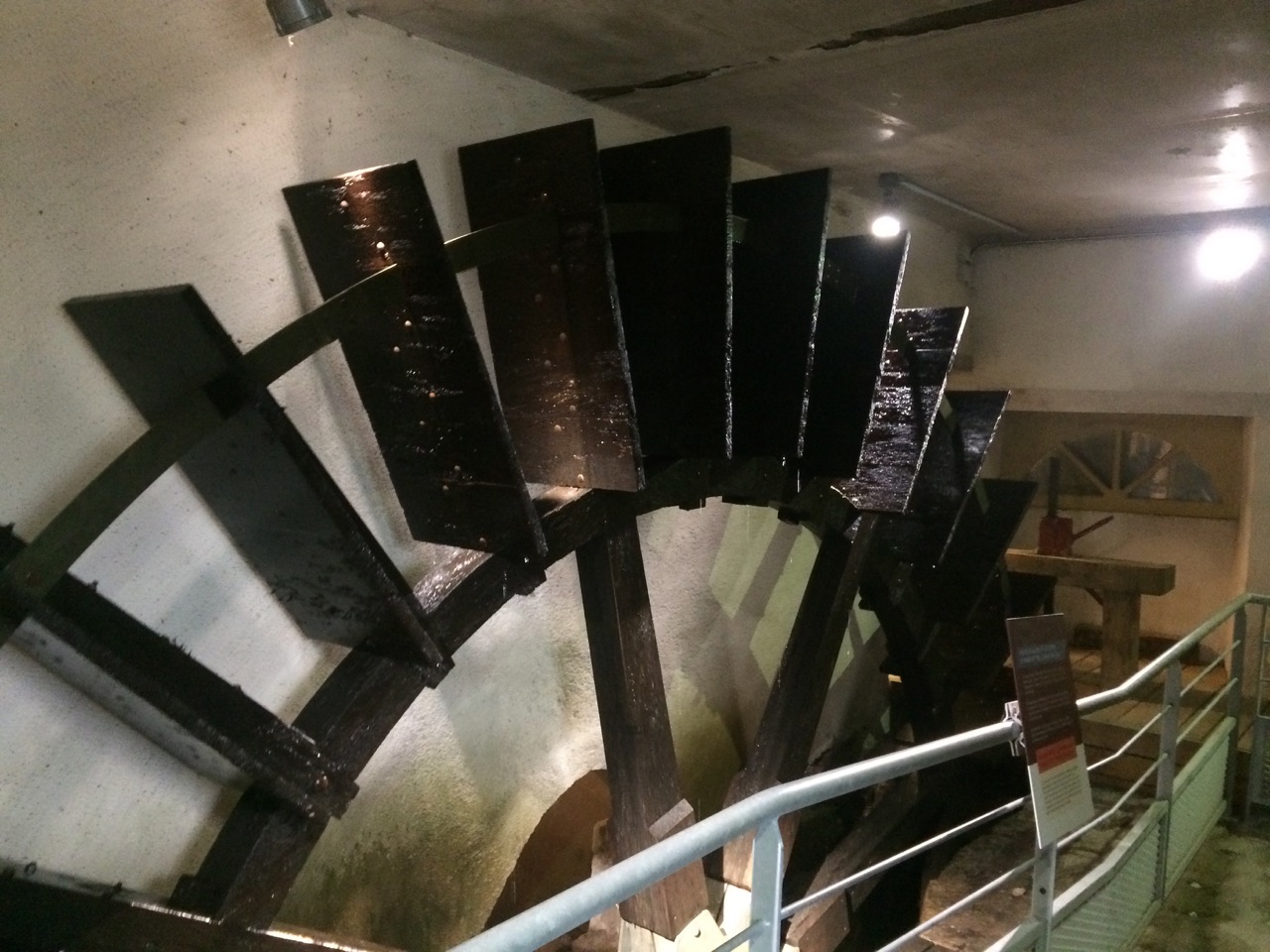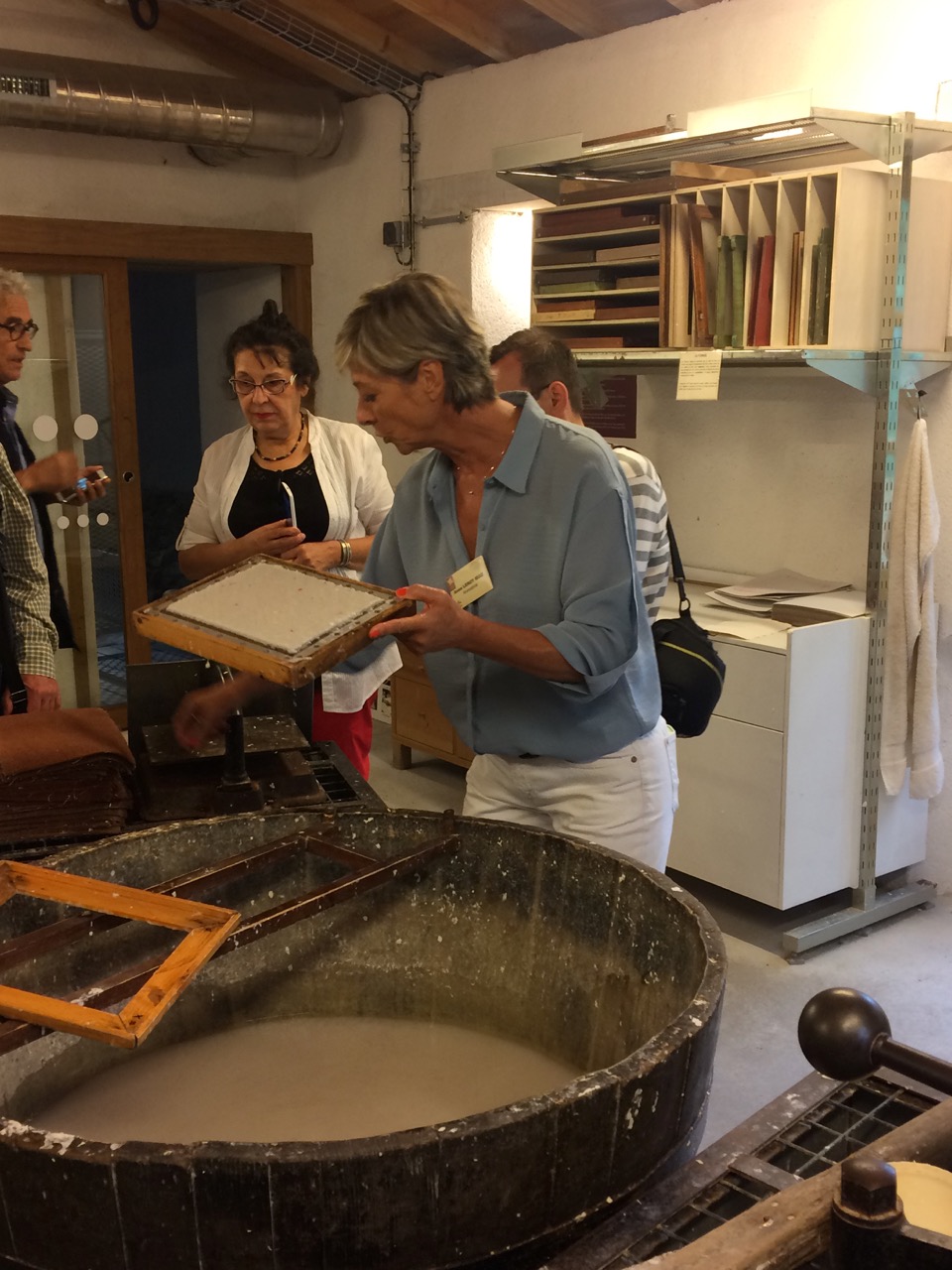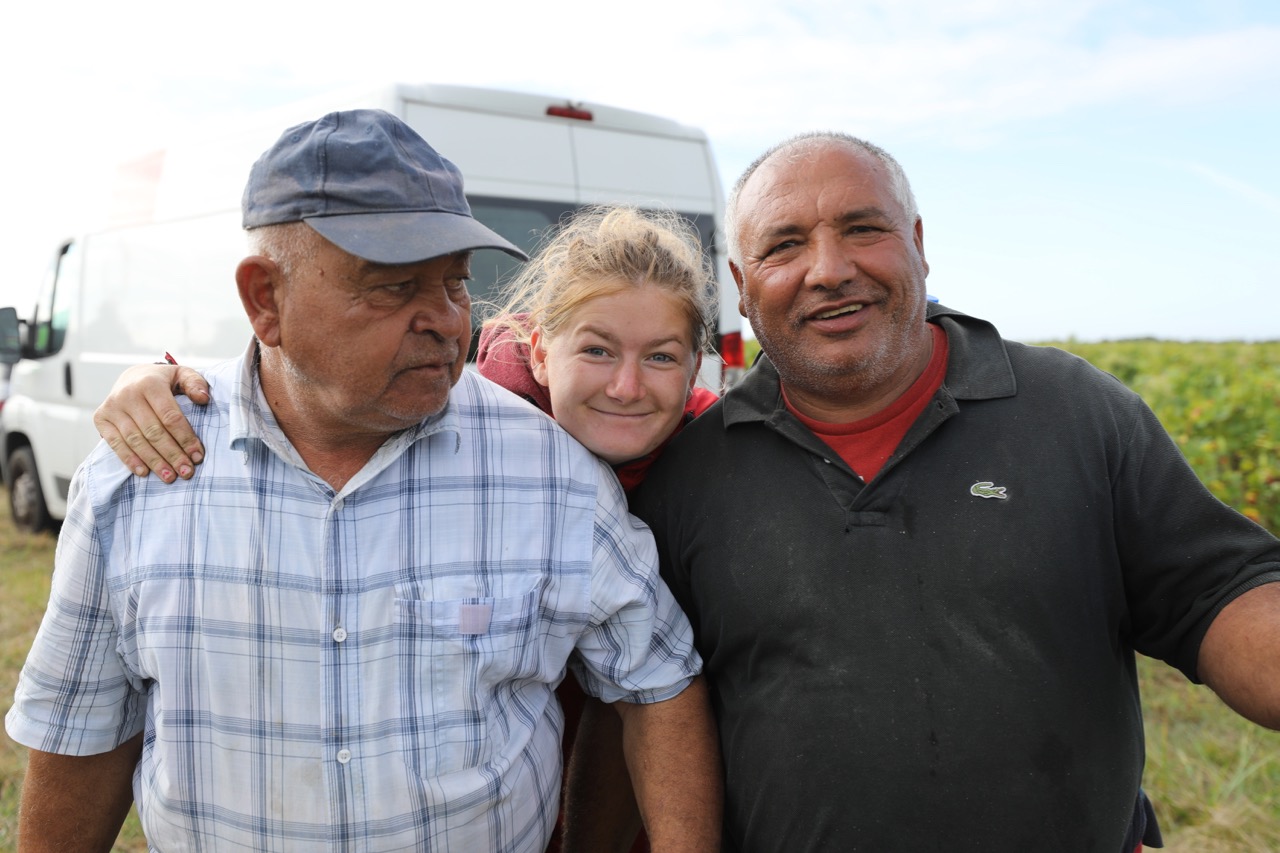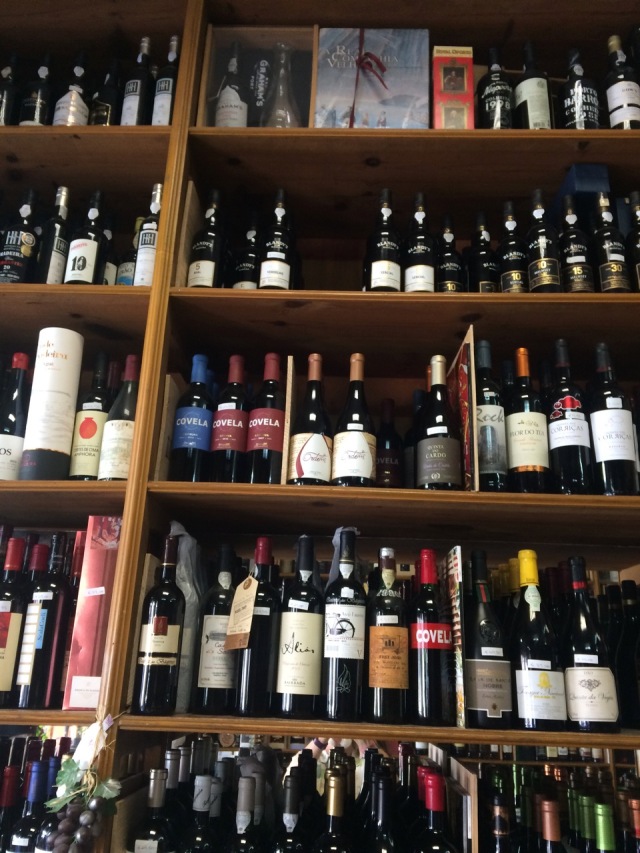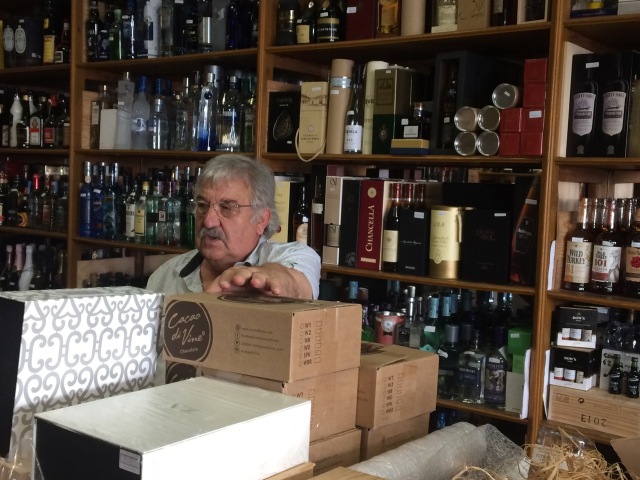On Friday Alphone Mellot snr was categorical: "This is a mythical vintage – 1947 but with quantity!" Alphonse Père was born in 1947 – obviously he will remember little of that year but says that he has never seen a vintage of this quality.
We will see but certainly overall the fruit from the vineyards we have so far visited – Pays Nantais, Chinon, Montlouis, AC Touraine, Sancerre, Saint-Pourçain, Côte Roannaise and Côtes de Forez – has been very clean and healthy with almost no rot. For those producers equipped with sorting tables there has been little for the sorters to do apart from removing the odd leaf or grapes that have been shriveled by the sun.
Alphonse Snr is not alone in never having seeing fruit like this. Vincent Roussely of Clos Roussely in Angé (AC Touraine): "This is my 19th vintage and I have never seen grapes like these." His Sauvignon Blanc is averaging 13.5% alcohol but still with good acidity plus a yield of 50 hl/ha when 30 hl/ha is his normal yield – Vincent farms organically.
In Bué (AC Sancerre) I tasted several juices – some that were just starting to ferment – with Florent Pinard. They were very clean, rich but with a freshness in the finish – surprising as for a number of days during the harvest temperatures were 30˚C and more. Fortunately many in Sancerre are equipped with liquid CO2 to cool down the grapes rapidly when they arrive at the winery. Also a number of producers, like François and Carine Crochet and Vincent and Adelaide Grall who pick by hand, started early in morning and finished at lunchtime.
I also tasted a number of 2018 juices with Pascal Jolivet during a brief but very interesting visit. As at the Pinards the 2018 juices look very promising. It was good of Pascal to give up some of his valuable time, especially as his Italian winemaker had fallen that morning, hit her head and was in hospital. I wish her a swift recovery.
After two difficult years due to frost producers in Pouilly-Fumé are happy both with the quality and quantity. "We had just 18 hl/ha in 2016," Loic Cailbourdin told me. 'The following year it was 28 hl/ha. This year we are averaging 60 hl/ha, although it is less in some parcels."
There are as always exceptions and caveats:
Mildew has been a severe problem for certain producers, especially those practising organic viticulture and in certain appellations such as Montlouis. In Thursday post I mentioned that Jacky Blot had been very badly hit in some parcels but not in the 'grand terroirs'. When I saw Xavier Weisskopf on Wednesday he said his yield this year is 22 hl/ha. Xavier has had a real roller coaster over the last three years. Last year his yield was 55 hl/ha while in 2016 it was just 1 hl/ha due to the series of April frosts. He had to buy in grapes from Vouvray to make up the deficit.
High degrees of alcohol may also prove to be a problem if only to make 2018 not a 'typical' Loire vintage – just as 1989 and 2003 produced wines that have characteristics of vineyards much further south in France. 14% alcohol levels are 'normal' this year, they head up into 15% and even in some rare cases 16% and above. 16.6% is the highest reported. Of course it will usually be possible to blend these powerful lots with those with lower alcohol. There is also the question whether juice at 15.5˚- 16˚+ will actually ferment dry.
Philippe Gilbert (Menetou-Salon), who found the heat of the vintage particularly tiring, said: "My concern is that the 2018 wines will not be typical of the Loire rather they will have the characteristics of wines from much further south." I suggested to Philippe that this was also the case in 1989 and 2003, for instance. Philippe was relieved that his pH readings were in the right range.
Of the producers I have seen all have been satisfied – in some cases relieved – that the pH in their juice are correct – most around 3.15-3.30. There are some unconfirmed rumours that the pH levels for some other producers are considerably higher but I didn't come across any producer worried about high pH levels.
One of the positive weather factors this year was the wet and humid end of May and early June. This meant that there was a reserve of water available for the very dry months that followed. However, young vines on well drained soils have suffered as their root systems are not as well developed as older vines.
Later today we are headed to Bourgueil, Chinon and Saint Nicolas-de-Bourgueil. Here I think picking started during last week, so it will be interesting to catch up on what has been happening.
automatic tilted
plate press












